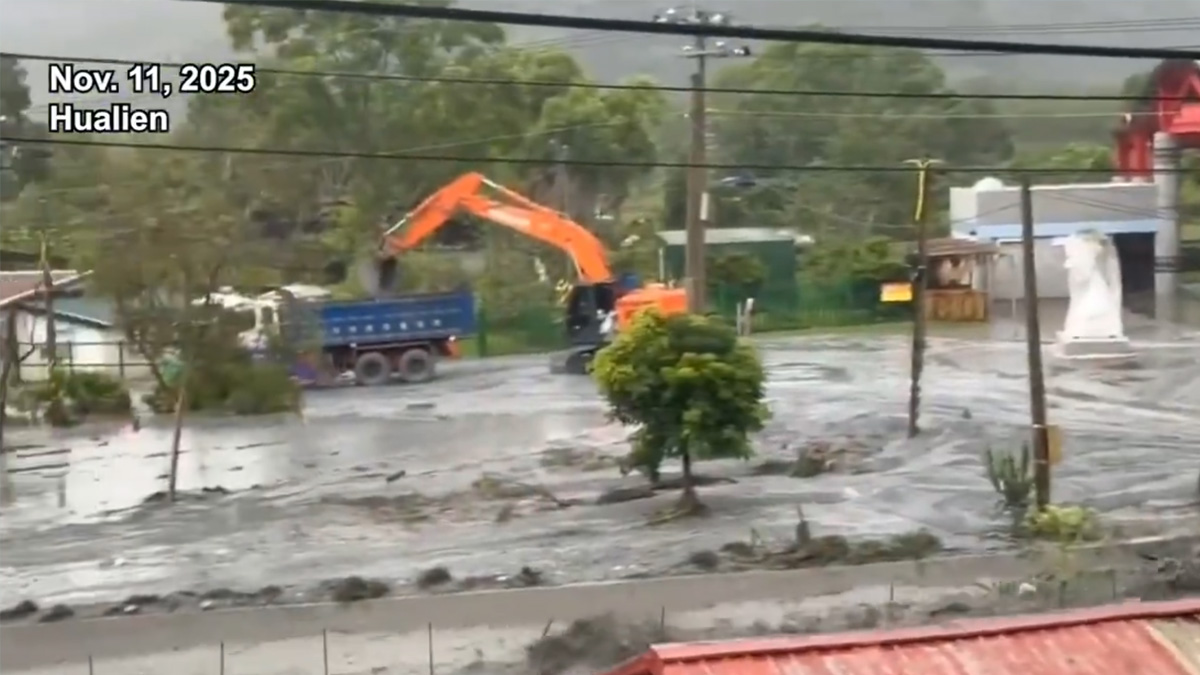Taiwan rolls out nationwide safety handbook to strengthen public resilience in emergencies
The Taiwanese Ministry of National Defense has begun distributing the National Public Safety Guide to all households, aiming to reduce the digital divide and align with international democratic standards of civilian defence preparedness.

- Taiwan began distribution of its National Public Safety Guide on 19 November.
- The initiative responds to public demand and aims to reduce the digital divide.
- The handbook aligns with international practices and cost NT$42.79 million to produce.
Taiwan’s Ministry of National Defense commenced the nationwide distribution of the National Public Safety Guide on 19 November, aiming to enhance public readiness for war, natural disasters and other emergency scenarios.
The campaign follows a 20 September directive from President Lai William and seeks to deliver printed guides to all of Taiwan’s 9.83 million households by 5 January, 2026.
At a press conference held on 18 November, Shen Wei-chih, Director of the All-out Defense Mobilization Agency, emphasised that the initiative is intended to “enhance society’s overall understanding of threats and bolster defence awareness.”
The guide is also available digitally in both Chinese and English through the agency’s website, but the government opted for a print version to ensure accessibility among older adults and those with limited internet access.
A Ministry of National Defense (MND) press release on 18 November noted that since the handbook’s initial release in September, public feedback has been overwhelmingly positive. Many groups have requested additional copies or authorisation to reproduce the printed guide.
The ministry added that the print initiative also seeks to reduce the digital divide, recognising that some citizens—especially the elderly—are less accustomed to online reading. The printed format ensures critical information is accessible and actionable in emergencies.
To fund the publication, the ministry applied to the Executive Yuan’s Secondary Reserve Fund in accordance with government budget procedures. The total cost of publication amounted to NT$42.79 million (US$1.37 million), with an average unit cost of NT$3.8. A further NT$20 million has been budgeted for nationwide distribution.
Officials stressed that the funding was awarded through an open tender process and that there was no attempt to bypass legislative scrutiny.
The government framed the handbook as a long-term and necessary public investment to safeguard citizens’ lives and property. The MND urged public support for the effort, citing it as part of Taiwan’s broader commitment to strengthening national resilience.
Deputy Counsellor at the Ministry of Foreign Affairs, Chao Shih-hsuan, confirmed that 105,000 English-language copies will be sent to embassies and representative offices beginning 19 December.
In addition to household distribution, the handbook will also be handed out at community welfare events, national defence education courses and disaster preparedness drills.
The guide includes practical information on preparing go-bags, securing shelter, and responding to a variety of crises. It offers guidance on both natural disasters and wartime conditions, such as air raids or infrastructure disruption.
National Security Council Deputy Secretary-General Lin Fei-fan noted that the guide includes a clear message: “Under the threat of war, Taiwan will never surrender.” The booklet also warns against misinformation, stating that any reports suggesting the government has surrendered are false and likely to be enemy disinformation.
According to Lin, the guide is informed by similar civil defence manuals used in Northern European democracies, including Sweden and Finland. The international parallels have been well received, with the MND stating that Taiwan’s approach has earned commendation from the global community.
Asked whether the more than 800,000 migrant workers in Taiwan would receive copies, Chao said that further coordination with relevant agencies would be necessary to develop broader distribution channels beyond diplomatic offices.
The current release is the third edition of the handbook since 2022, part of an evolving strategy to ensure the population remains prepared for both foreseeable and unpredictable emergencies.







0 Comments